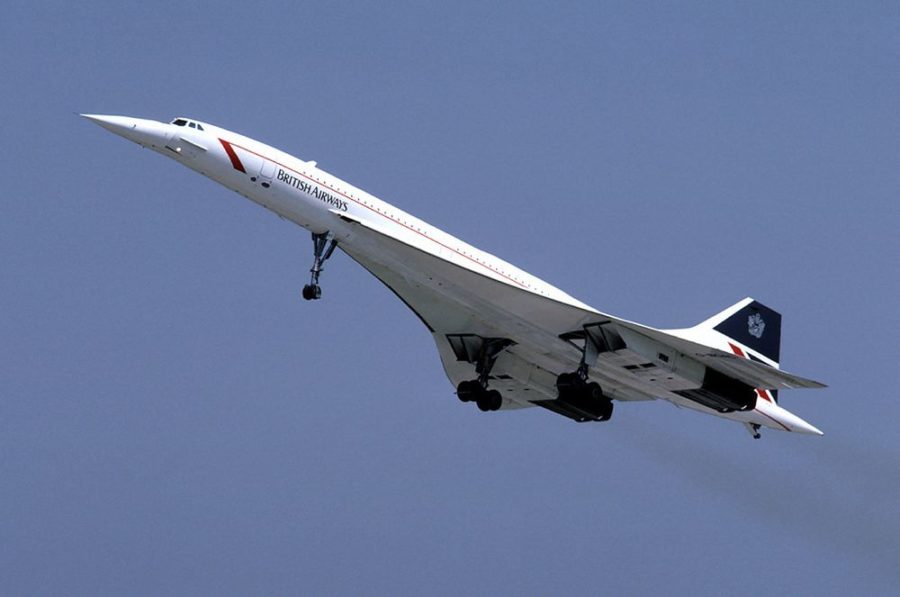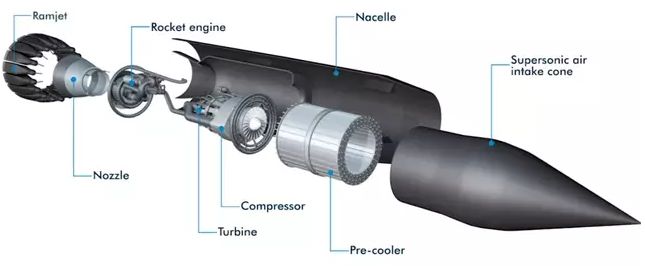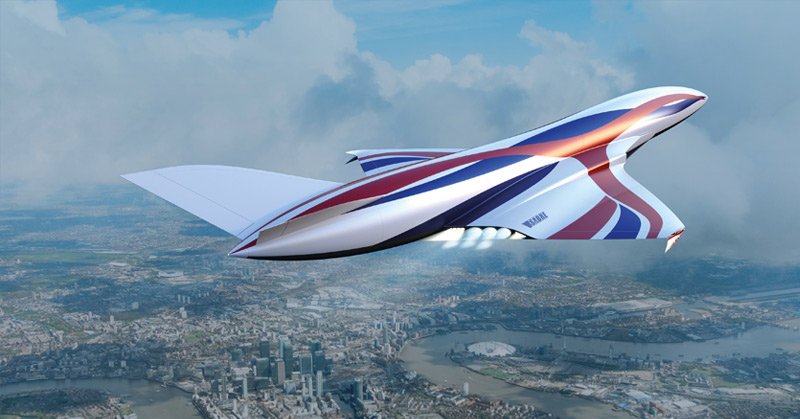We are in the midst of the COVID-19 pandemic and the thought of travel is not top of mind. However, if you could get to a location faster than normally, say at Mach speed, and get to Australia in a handful of hours, would you do it?
Live Aid
Back in the 80’s during the Live-Aid concerts, after his performance at Wembley Stadium, Phil Collins headed to a helicopter, which flew him to Heathrow Airport, where he then caught a supersonic Concorde jet to New York City, and then grabbed another helicopter to the Live Aid Philadelphia event.
What Happened to the Concord?
On April 10, 2003, Air France and British Airways announced they would be retiring their fleet of Concorde aircraft. Air France made its final flight on June 27 while British Airways retired its fleet on October 24 after a farewell tour. Concorde had been in service for 27 years, having made its first commercial flight on January 21, 1976.

What’s Next?
Last April, Reaction Engines announced had successfully tested an engine cooling system that would allow its SABRE engine to reach Mach 3.3. For planes flying at those ridiculous speeds, engine heating is a serious concern. At Mach 5, the air temperature inside an engine can get hot enough to melt metal, which is clearly bad news.
The pre-cooler tested chilled the engines down to a manageable temperature in just 1/20th of a second. But obviously, Mach 3.3 is not Mach 5, so there’s still work to do.

“It’s very exciting,” Jeffrey Hoffman, an aerospace engineering professor at MIT, said of the successful test. But, he added, “they’re basically trying something that’s very new, pushing materials to extreme limits, and there’s a lot of unknowns in there.”
In future testing, the pre-cooler will be challenged with temperatures even higher than the 1,800 degrees Fahrenheit typical of flight at Mach 5, the threshold for hypersonic flight. And Reaction Engines said craft powered by its cool-as-a-cucumber engine could someday reach speeds of Mach 25, or 16,537 miles per hour, in space. Just not anytime soon, Hoffman warns.

“There’s a long way to go before we’re flying hypersonic vehicles from the surface of the Earth up into orbit,” he said. “We just have to wait and see.” [1]
Travel responsibly taking only memories and leaving a near to zero carbon footprint. We are all visitors on this beautiful planet of ours. Let’s treat it and all inhabitants with love and respect!


